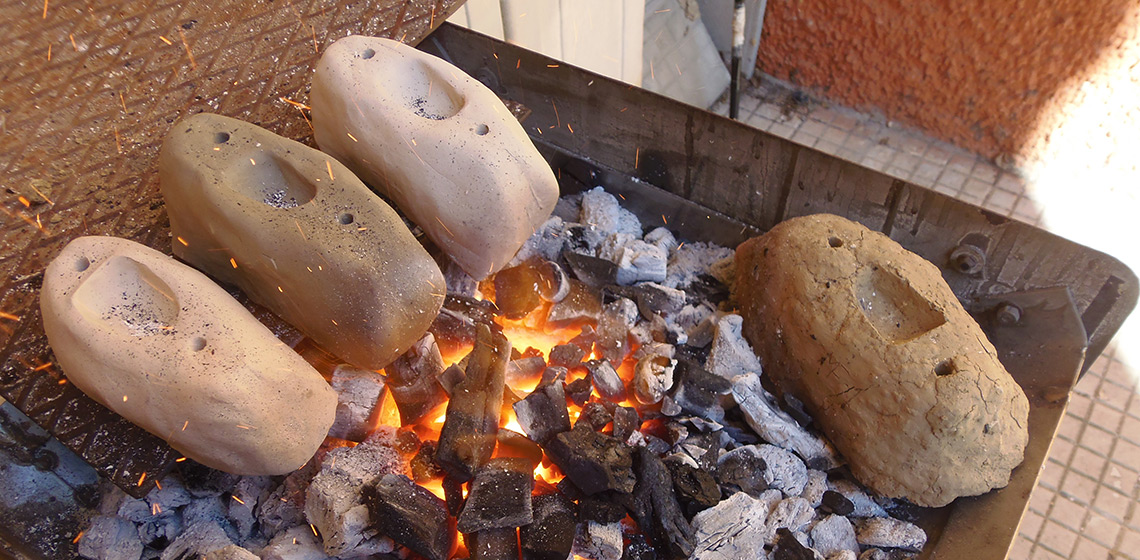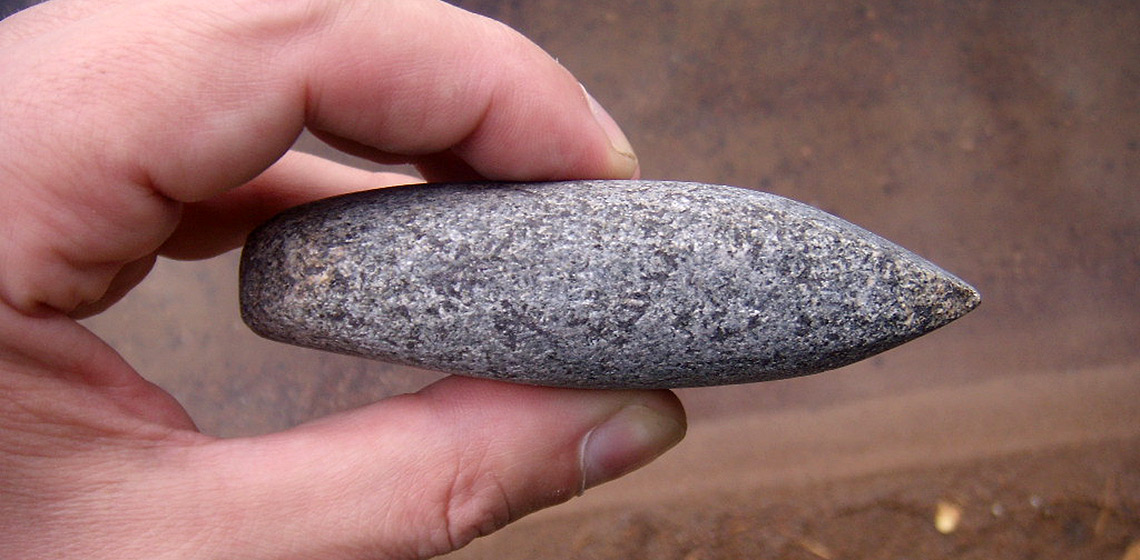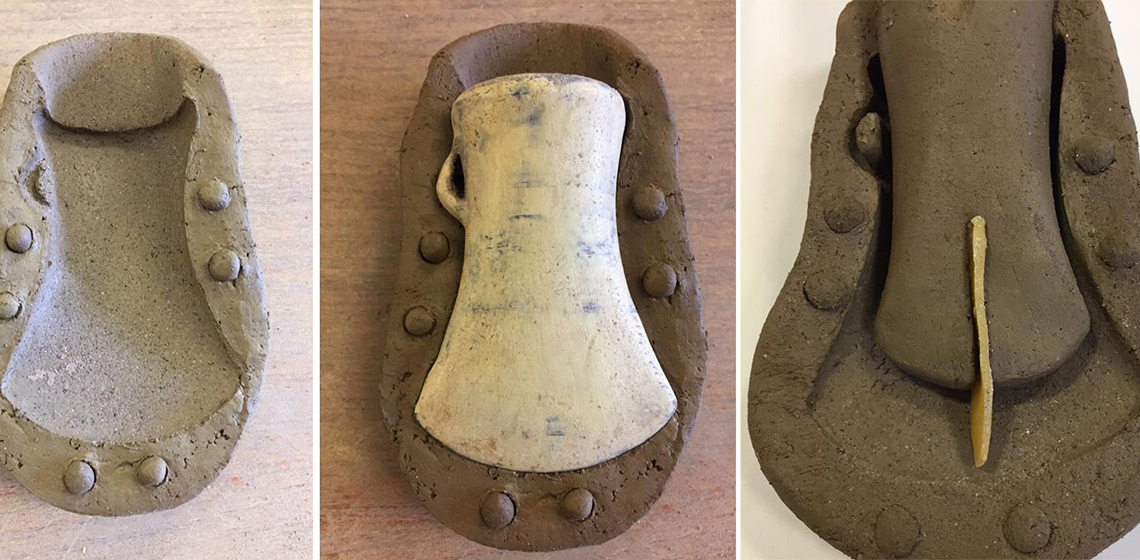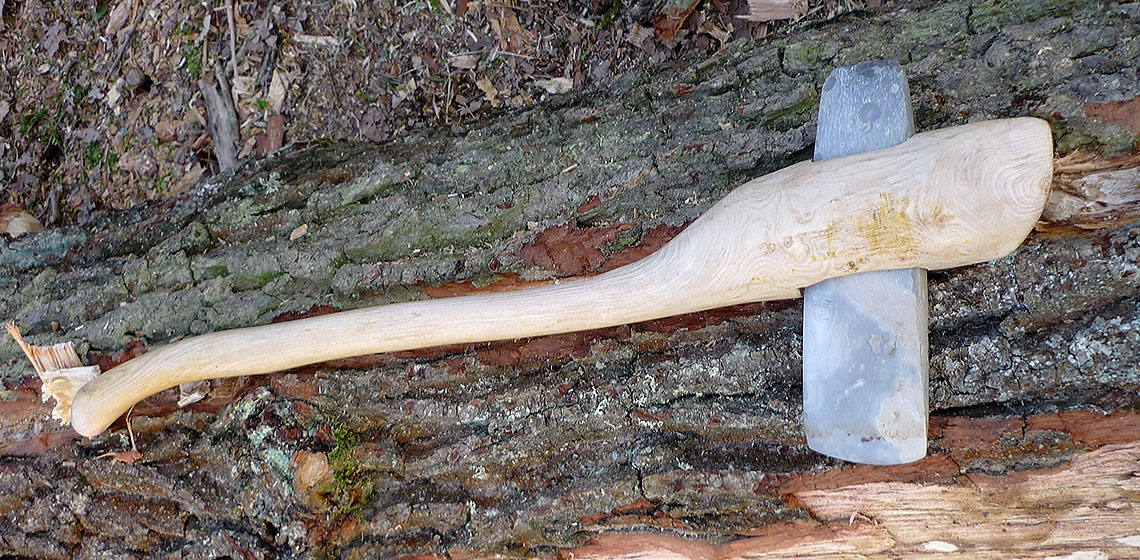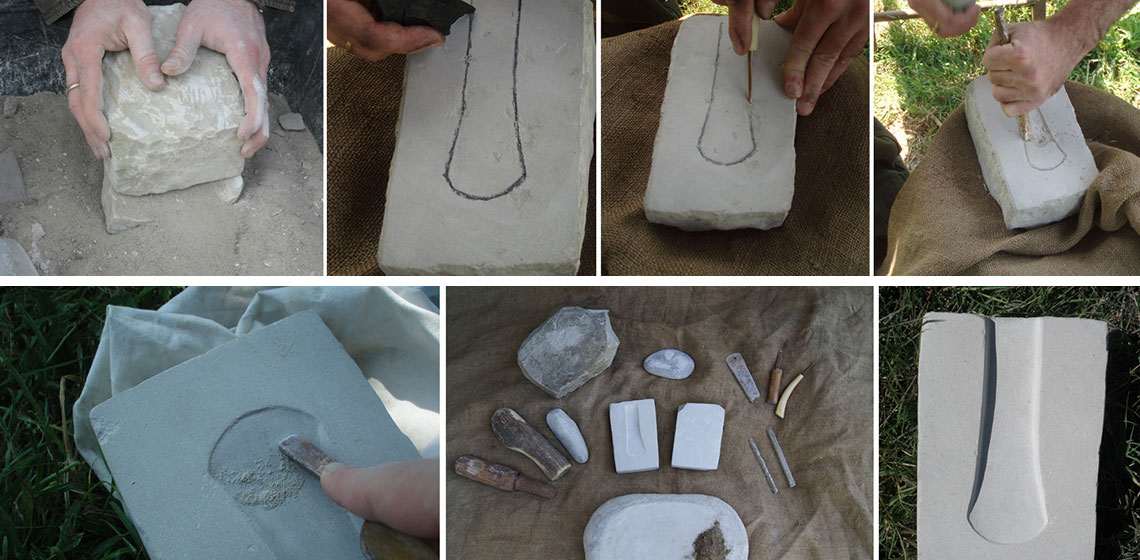Casting a Copper Age Axe Using a Replica of the Marl Mould Found in Baffoni Cave (AN)
Publication Date
The Baffoni Cave is a cavern that lies in the Genga territory, in the province of Ancona, Italy. It is part of a complex of caves, the most famous of which are the Frasassi Caves. The whole territory is rich in archaeological features, with the most ancient specimen found within the Genga territory being a flint biface dating to the Lower Palaeolithic...

